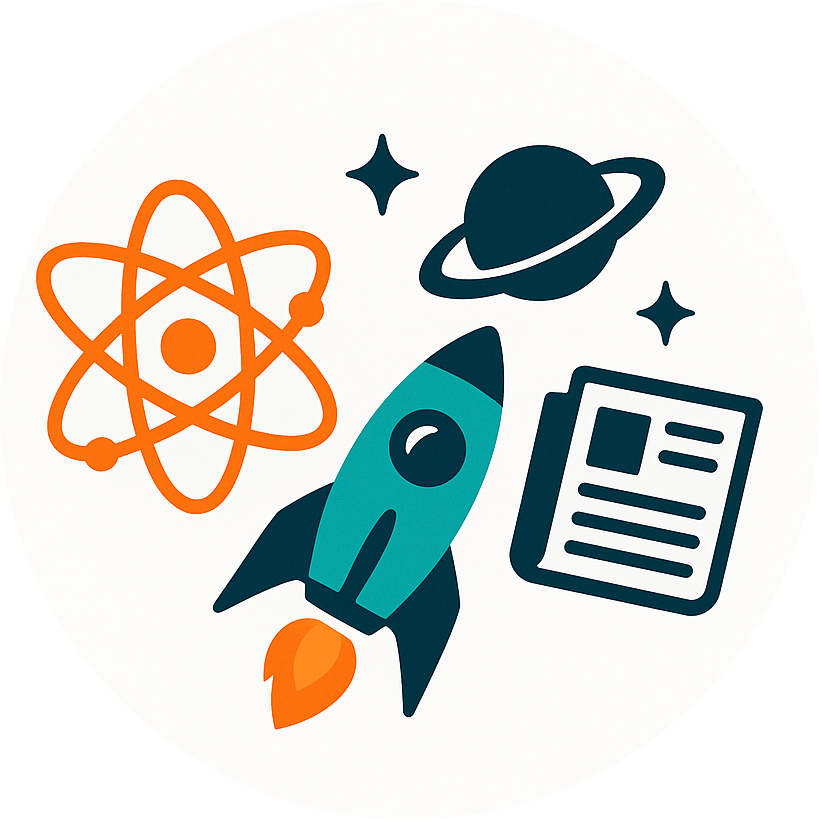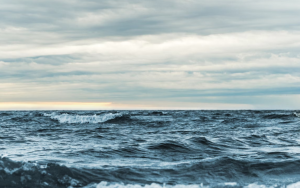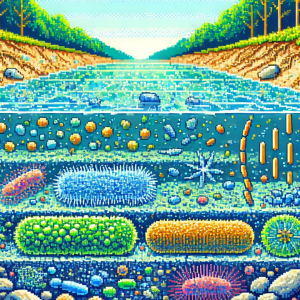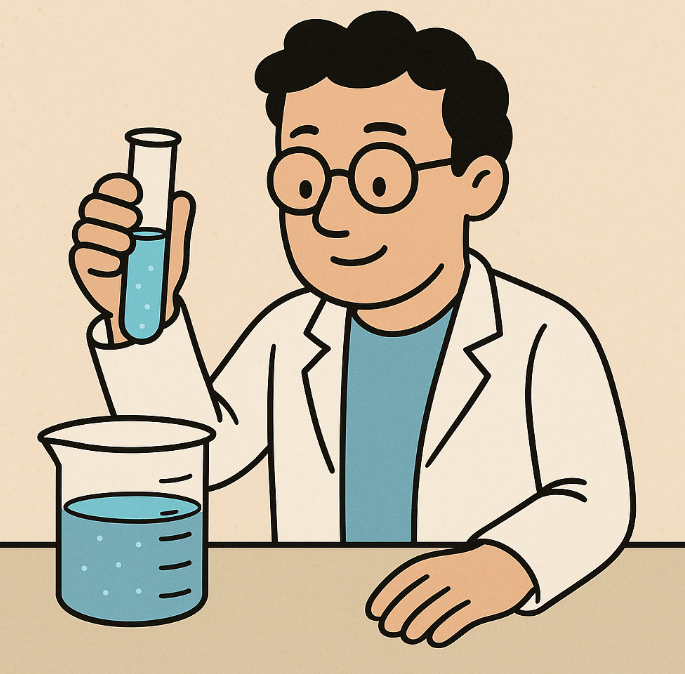
3 Ways AI Is Making Water Cleaner
What if an algorithm could tell us if our drinking water is safe before it’s tested in a lab? A new study shows how advanced machine learning can predict water quality with near-perfect accuracy, making clean water monitoring faster, cheaper, and smarter.
1. AI Can Predict Water Quality Better Than Experts
Researchers trained a “stacked ensemble” model, a super-algorithm that combines six machine learning systems, to forecast the Water Quality Index (WQI). It hit 99.5% accuracy (R² = 0.995), far outperforming single models and traditional lab testing.

2. The Four Hidden Clues in Every River
Not every water test matters equally. The AI revealed that just four measures (Dissolved Oxygen (DO), Biochemical Oxygen Demand (BOD), pH, and conductivity) carry the most weight in predicting water quality. Think of them as the “vital signs” of a river’s health.
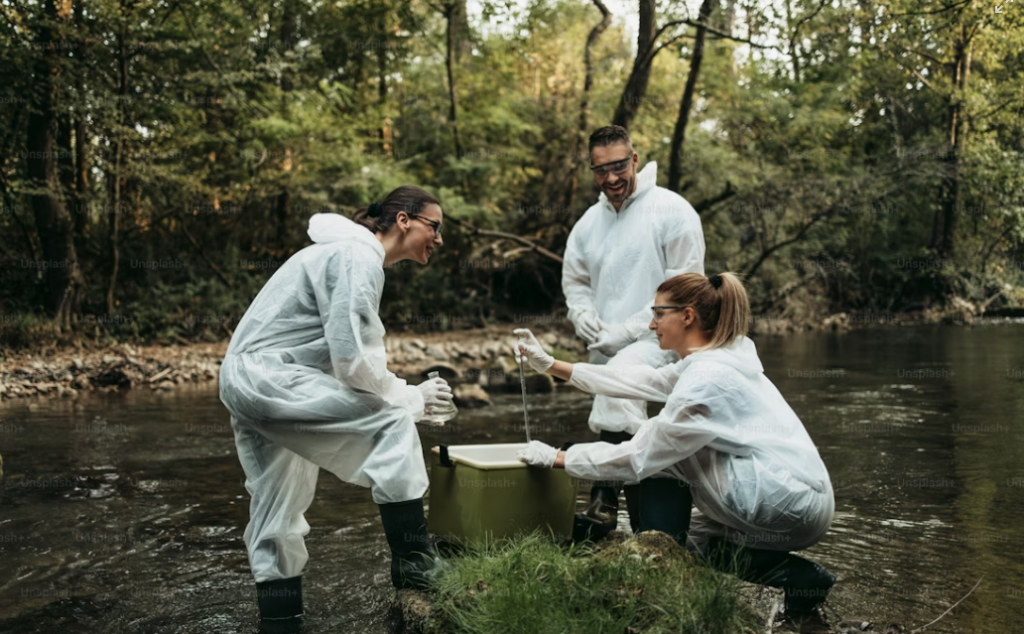
3. Real-Time Alerts Are Now Possible
Because this model can plug directly into sensor networks, it paves the way for real-time water monitoring. Imagine alerts on your phone when river water dips into unsafe levels, or cities adjusting treatment systems automatically. This shifts water safety from reactive (test and respond) to proactive (predict and prevent).
Why It Matters
Water pollution kills ecosystems, threatens public health, and costs billions to fix. By making monitoring both faster and more transparent (thanks to explainable AI tools like SHAP), this research could transform how governments, communities, and even households keep water safe.
Want to go deeper? Check out this long-form post on the Chesapeake Bay
Which takeaway surprised you most? Share this post and let’s talk science!
